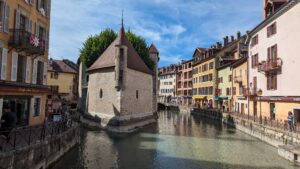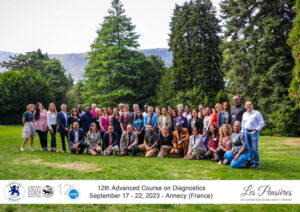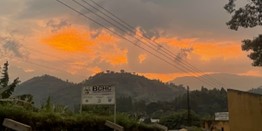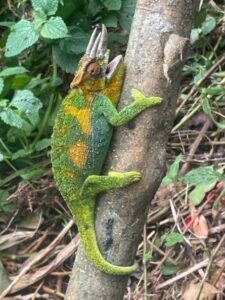This summer I had the opportunity to spend my practicum working with Ipas Latin America and Carribean, supporting abortion access in Northern Mexico. Though this was a completely virtual practicum it was still undoubtedly an international and cross-cultural experience. The team I worked on included members from Nicaragua, El Salvador, Mexico and Peru. As I mentioned in my first update, the biggest challenge of my practicum was working in Spanish. This was my first professional experience that was completely in a second language. It was an immense challenge to communicate complicated analysis ideas and navigate team dynamics. This experience gave me a newfound depth of respect for those that primarily work in their second language and a greater understanding of the immense advantage that native English speakers have in a world where English is considered the primary language of business.
I spent the second half of my practicum analyzing the existing evidence and writing a report on the ways in which Ipas can support abortion access along the Mexico-US border. It was interesting learning about how the different political and social environment on the Mexican side of the border influenced the needs of those communities. My pre-existing expectation was that my report would focus on meeting the needs of American’s crossing the border to seek abortion access. However, I ended up pivoting the focus of my report to addressing the needs of migrants from Central and South America that have been waylaid at the border due to US policies such as “Remain in Mexico.” This experience was eye opening as to the way different policies compound to negatively impact vulnerable populations.
Overall my practicum was a very valuable experience. Though I didn’t love working remotely, it did provide me an opportunity to work on an international team that I might not otherwise have had. I decided to take an ArcGIS course this semester in the hopes of being able to build skills in resource mapping that may be of use to organizations like Ipas. Through what I learned in my practicum I hope to build skills and experiences through my second year of my MPH that will make me more valuable to organizations like Ipas working in the reproductive justice and abortion access space.
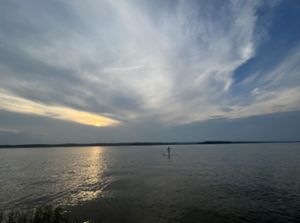
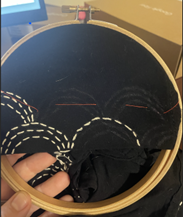
-Maddy

